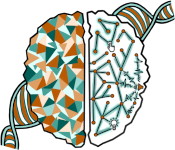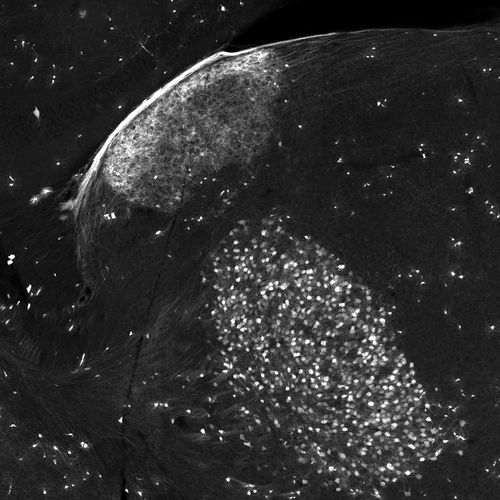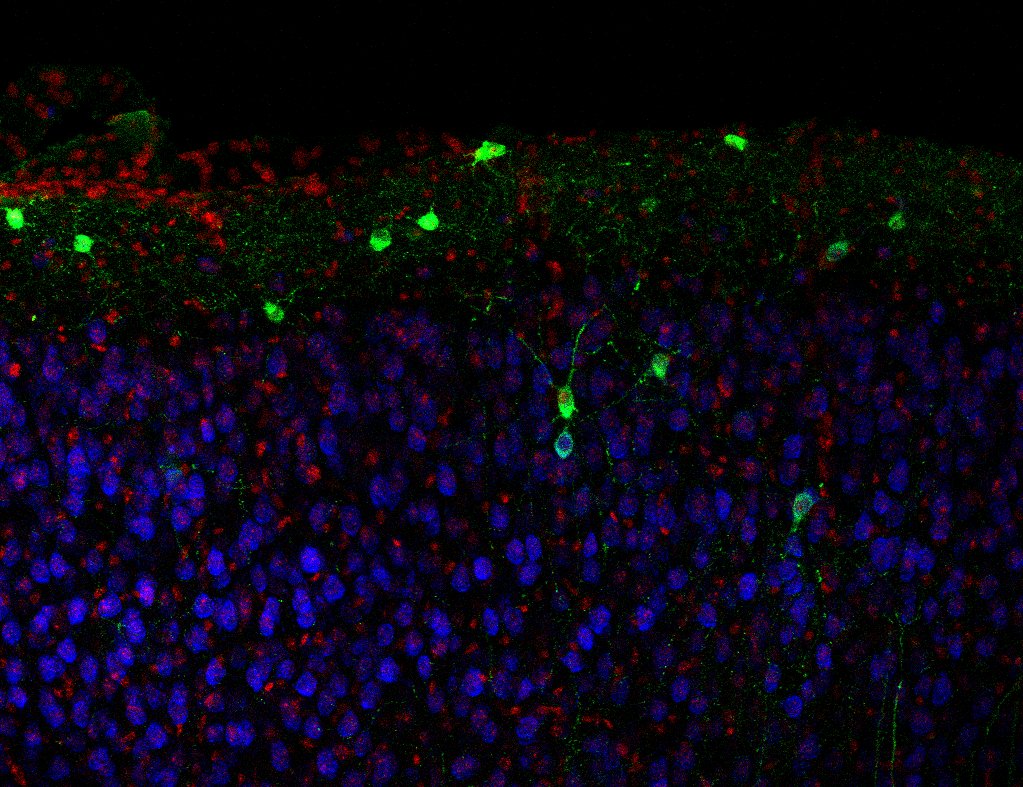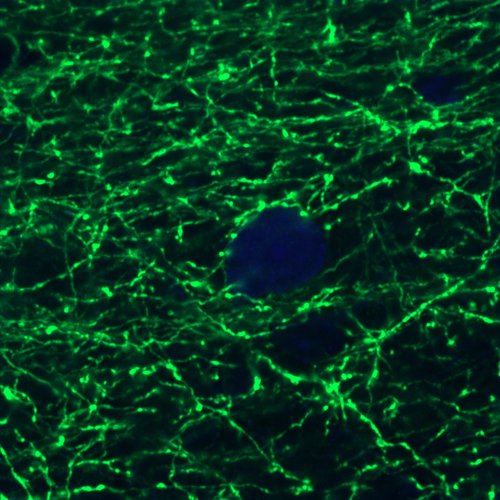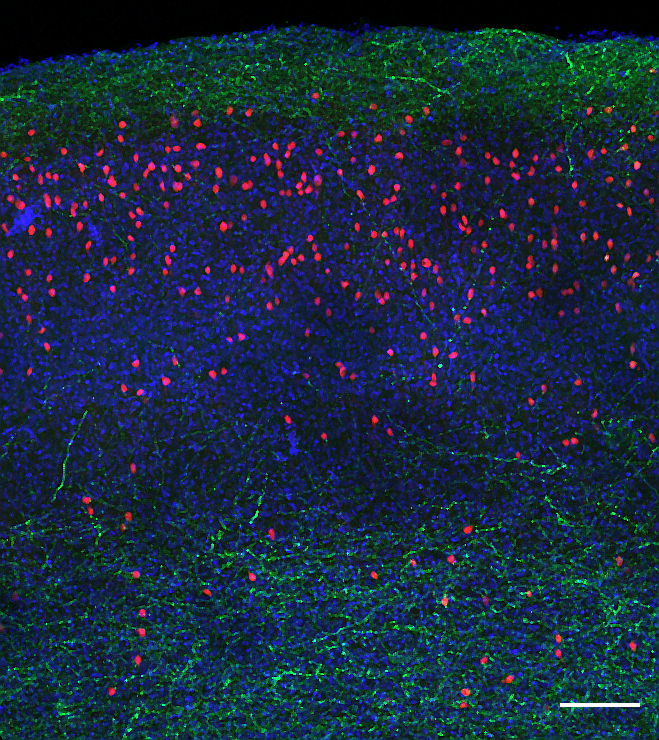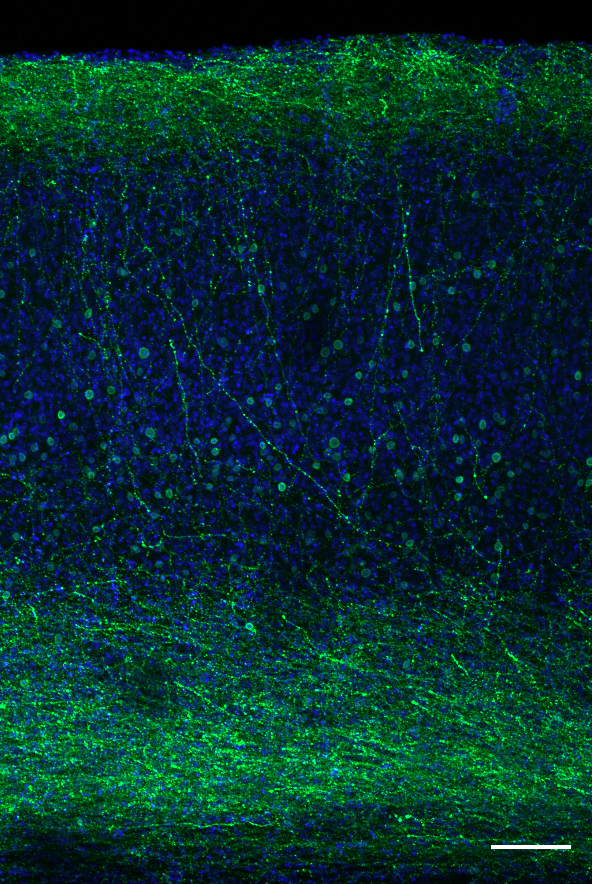Processing of sensory information critically depends on the ability to attend to stimuli, gate distractions, and accurately make predictions about our surrounding sensory environment. The neural circuits that support these functions are thought to be actively refined during development. Considering how sensory signals are trafficked and modulated across development is central for understanding normal and abnormal brain function. Sensory inputs from the environment are assembled within primary sensory cortex, and then combined with higher order cortical feedback, neuro-modulatory as well as cross-modal information to create an internal representation, which allows us to react rapidly and precisely. However, what brain structures are involved in mediating these processes and how development and experience shape their emergence is not fully known.
We are particularly interested in how inhibitory interneurons in the auditory and visual cortices integrate bottom-up sensory inputs together with top-down feedback to mediate these processes. Dysregulation of inhibition is one of the hallmarks of neuropsychiatric disorders such as autism and schizophrenia, resulting in sensory, cognitive and attention deficits. The balance between bottom-up sensory inputs and the modulation of that input by top-down circuitry is thought to be disrupted in these disorders, leading to phenotypes such as hypersensitivity in autism, and hallucinations in schizophrenia.
Additionally, we are investigating how genetic and environmental factors (such as stress and inflammation) contribute to assembly of cortical circuits, sensory processing and long-term effect on cognitive functions.
We use mouse as a model system and use anterograde and retrograde viral tools, molecular approaches, electrophysiology, in-vivo 2-photon calcium imaging and high resolution structural imaging to address these questions.
